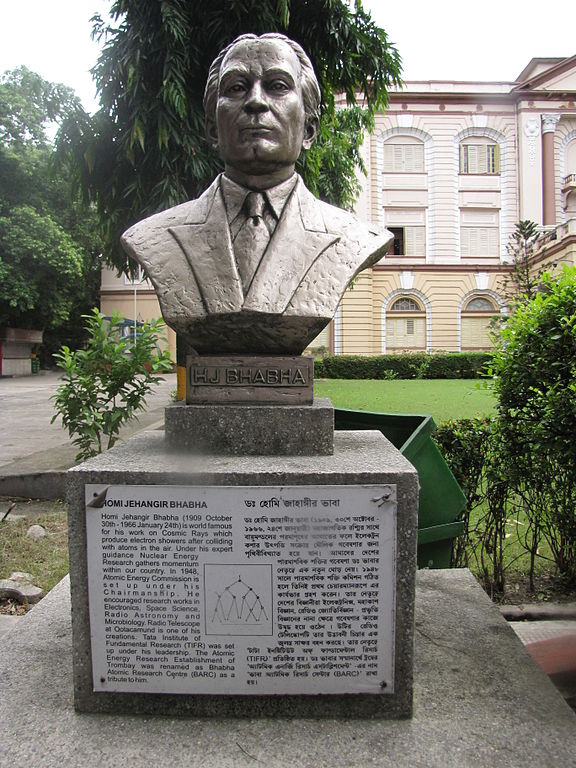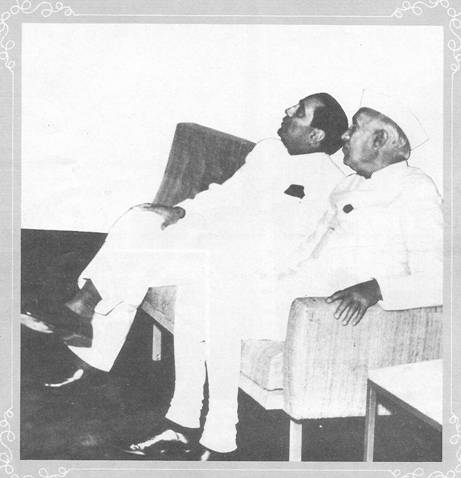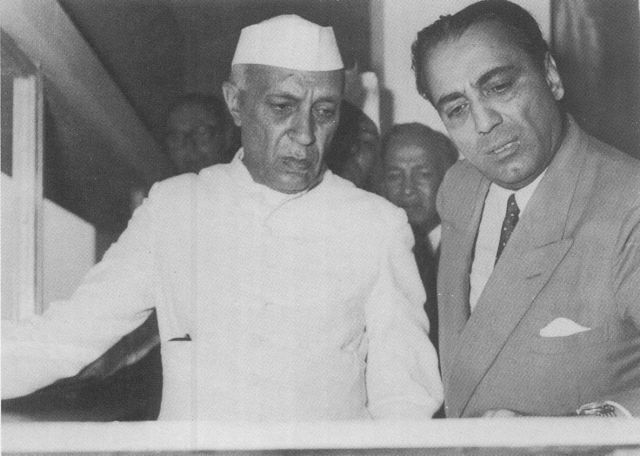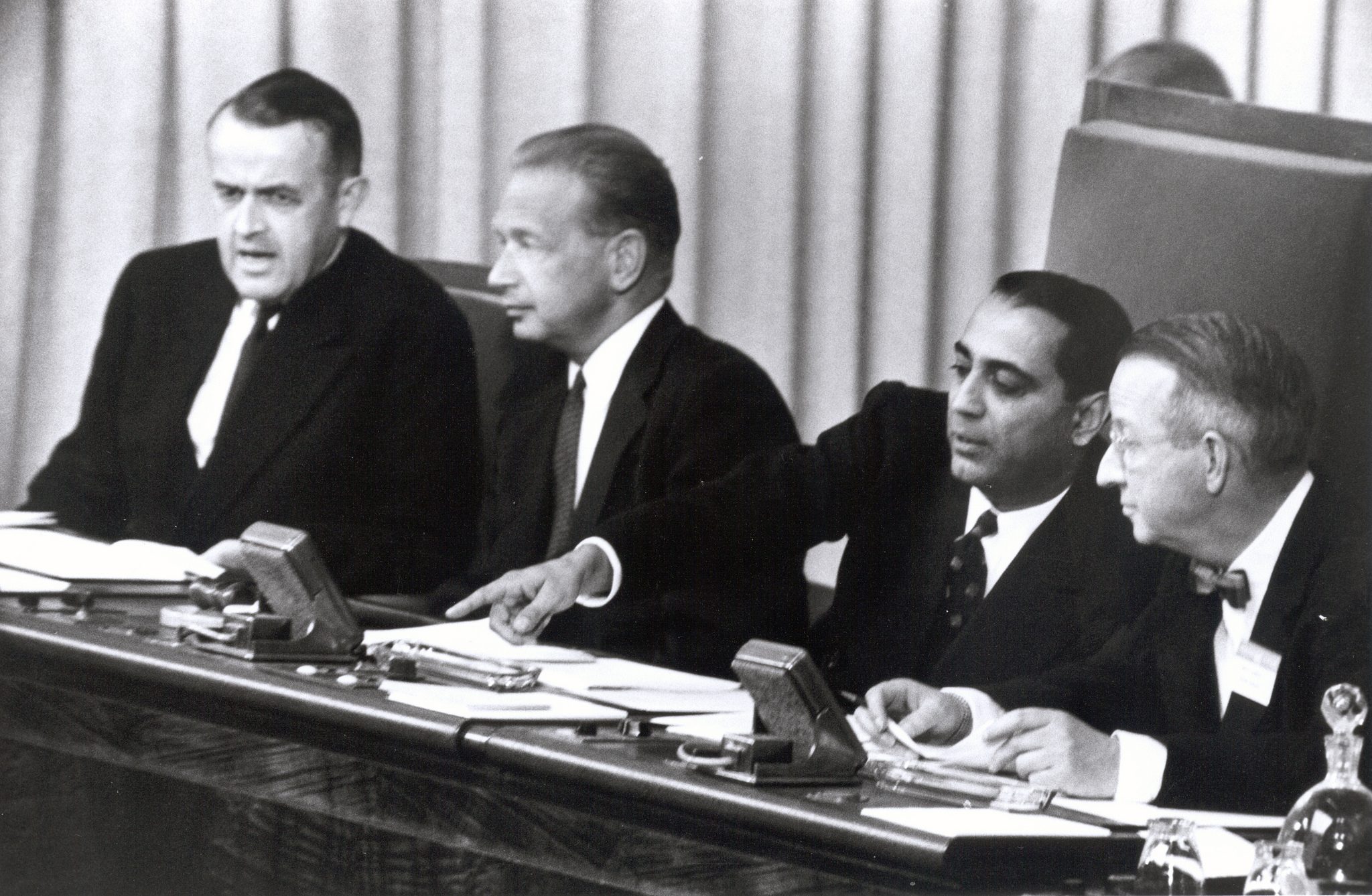10 Things You Must Know about Homi Bhabha – Pioneer of Nuclear Program in India
Here are 10 things about Homi J. Bhabha who enhanced the country with his impressive scientific ideas and outstanding administration.

“I know quite clearly what I want out of my life. Life and my emotions are the only things I am conscious of. I love the consciousness of life and I want as much of it as I can get,” said Homi Jehangir Bhabha.
And he did it. Also known as the father of the Indian nuclear programme, Homi J. Bhabha made the most of his eventful life with his knowledge and intellect. The Indian nuclear physicist was the founding director of two institutions – Tata Institute of Fundamental Research (TIFR) and Bhabha Atomic Research Centre, both of which led to immense growth and development in the field of research.
Here are 10 things about the man who enhanced the country with his impressive scientific ideas and outstanding administration.
1. He went against the wishes of his family to pursue physics
Source: Wikimedia
Homi Bhabha’s father and uncle wanted him to become an engineer, so he could eventually join the Tata Iron and Steel Company in Jamshedpur. However, at Cambridge, his interest shifted to theoretical physics and in a letter to his father, he wrote –
“I seriously say to you that business or job as an engineer is not the thing for me. It is totally foreign to my nature and radically opposed to my temperament and opinions. Physics is my line. I know I shall do great things here. For, each man can do best and excel in only that thing of which he is passionately fond, in which he believes, as I do, that he has the ability to do it, that he is in fact born and destined to do it… I am burning with a desire to do physics. I will and must do it sometime. It is my only ambition.“
Finally in 1933 he received a PhD in nuclear physics with his paper, “The Absorption of Cosmic Radiation.”
2. It was the second world war that kept him in India
Source: Wikimedia
In 1939, when the second World War broke out, Bhabha was in India for a short vacation. He had to go back to complete his research at Cambridge, but the war made him change his plans. Thus he joined the Indian Institute of Science (IISc) in Bangalore, as a reader.
3. It was Bhabha who convinced Nehru to establish the nuclear programme in India
Source: www.igcar.ernet.in
While working at IISc, Bhabha did his best to convince notable political leaders, specially Jawaharlal Nehru, to start the nuclear program in the country. With a view of moving towards this goal, he established the Cosmic Ray Research Unit at IISc and also began to conduct independent research on nuclear weapons in 1944. Then in 1948, he wrote to Nehru, the then Prime Minister, and said –
“The development of atomic energy should be entrusted to a very small and high powered body composed of say, three people with executive power, and answerable directly to the Prime Minister without any intervening link. For brevity, this body may be referred as the Atomic Energy Commission.”
His proposal was accepted and the Atomic Energy Commission was established in 1948. Bhabha was appointed its first director.
4. He advocated for the peaceful use of atomic energy and was against manufacturing atomic bombs
Source: www.igcar.ernet.in
5. He founded two world-class research institutions
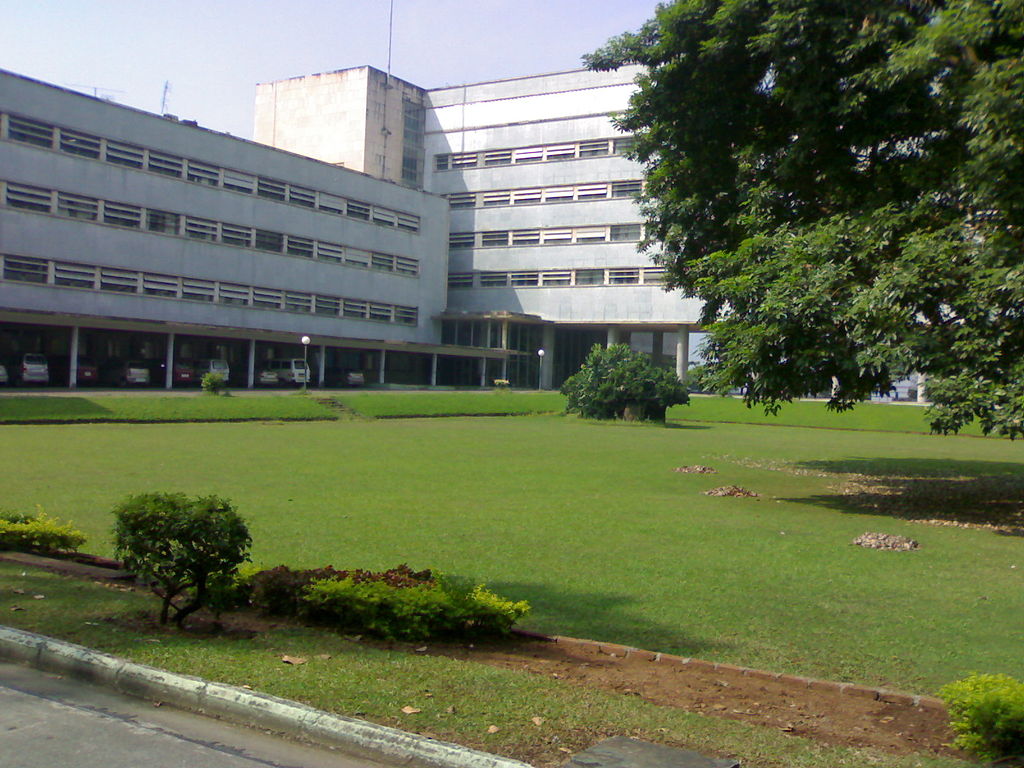
Source: Wikimedia
In June 1954, Bhabha established the Tata Institute of Fundamental Research (TIFR) in the campus of IISc. It was later relocated to Mumbai, and gained international recognition in the fields of cosmic ray physics, theoretical physics and mathematics. On realising that technology development for the atomic energy programme could not be carried out within TIFR, Bhabha built a new laboratory dedicated for the same. It was started as Trombay Atomic Energy Establishment in 1954. The centre was renamed as Bhabha Atomic Research Centre after his death in 1966.
6. In 1954, he was honoured with the Padma Bhushan for his invaluable contributions to science and engineering
Source: homibhabhafellowships.com
7. It was Bhabha who suggested the name ‘meson’, used for a class of elementary particles.
Source: nuclearweaponarchive.org
He also gained international recognition for deriving a correct expression for the probability of scattering positrons by electrons – a phenomenon that was named Bhabha scattering after him.
8. He was much more than the father of India’s nuclear programme
Source: Flickr
In 1950s Bhabha represented India in the International Atomic Energy Agency conferences. He was appointed the President of the United Nations Conference on the Peaceful Uses of Atomic Energy in Geneva, Switzerland in 1955. He served as the member of the Indian Cabinet’s Scientific Advisory Committee. He was also the President of the National Institute of Sciences of India in 1963 and President of the Indian Science Congress Association in 1951.
9. He had a deep love for Art and Music
Source: www.iter.org
Bhabha had a deep interest in both art and music. He learned to appreciate classical Western music because of the record collection of his grandfather and aunt. He also started painting when he was a student at Cambridge. He was a patron of contemporary art in India, and used to purchase paintings and sculptures.
10. On Jan. 24, 1966, he died in an air crash near Mount Blanc when he was on his way to Vienna to attend a meeting of the Scientific Advisory Committee of the International Atomic Energy Agency.
Source: Flickr
His death remains shrouded in mystery, sparking many conspiracy theories including one in which the Central Intelligence Agency (CIA) is involved in the crash to paralyze India’s nuclear program.
Like this story? Or have something to share? Write to us: [email protected], or connect with us on Facebook and Twitter (@thebetterindia).
If you found our stories insightful, informative, or even just enjoyable, we invite you to consider making a voluntary payment to support the work we do at The Better India. Your contribution helps us continue producing quality content that educates, inspires, and drives positive change.
Choose one of the payment options below for your contribution-
By paying for the stories you value, you directly contribute to sustaining our efforts focused on making a difference in the world. Together, let’s ensure that impactful stories continue to be told and shared, enriching lives and communities alike.
Thank you for your support. Here are some frequently asked questions you might find helpful to know why you are contributing?


This story made me
- 97
- 121
- 89
- 167




